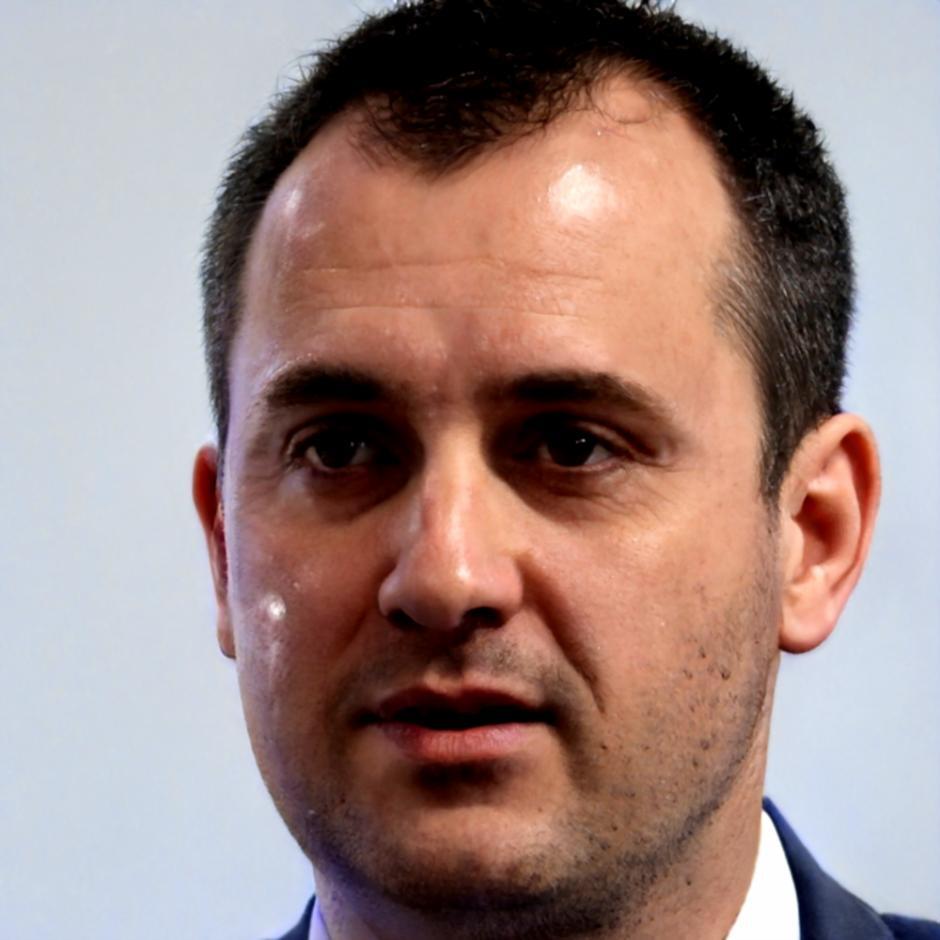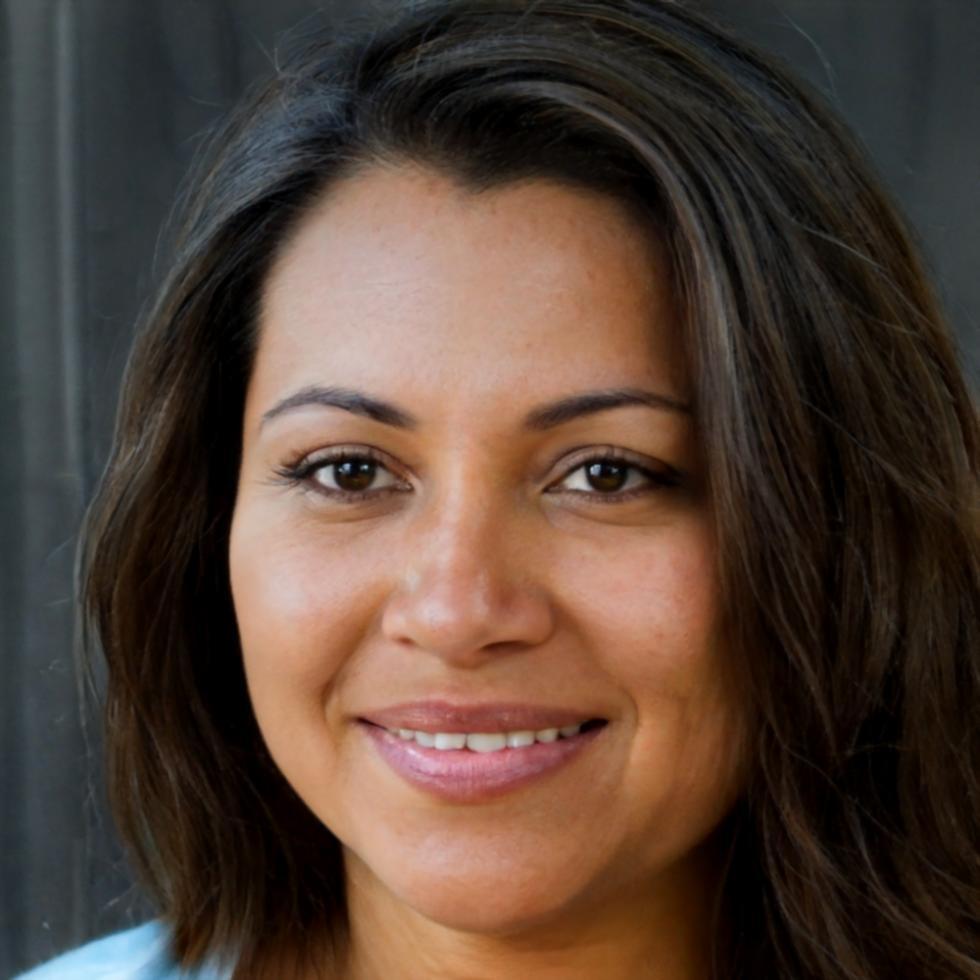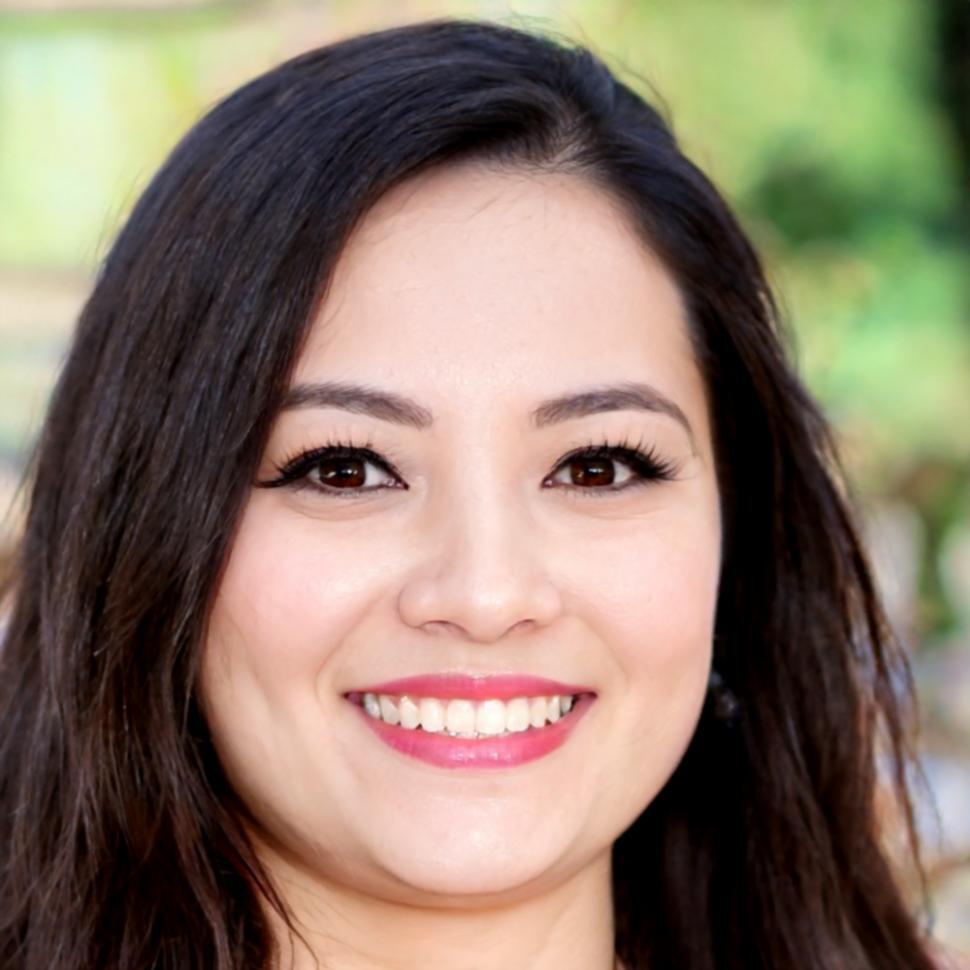The People Behind variosenith
We're a small group of educators who got tired of seeing Australians struggle with basic money decisions. Back in 2018, three of us started meeting at a Homebush café to figure out what was missing in financial education. Turns out, quite a lot.
Most programs either talk down to people or drown them in jargon. We wanted something different—real conversations about money that actually stick.

Teaching Money Without the Nonsense
Here's what we figured out early: people don't need another lecture about compound interest. They need someone to explain why their savings account feels like it's going nowhere, or how to actually read a super statement without falling asleep.
We built our programs around the questions people were too embarrassed to ask. Because honestly? Most money confusion comes from unnecessarily complicated explanations, not from lack of intelligence.
"Financial literacy isn't about memorizing formulas. It's about understanding enough to make decisions that don't keep you up at night."
Meet Some of Our Team
Each person here came from somewhere different—teaching, accounting, even one ex-journalist who specialized in exposing dodgy financial advisors. What connects us is believing that money education should be accessible to everyone, not just people who already have it figured out.

Callum Fitzpatrick
Senior Program Designer
Anika Sørensen
Education Coordinator
Vesna Kovalenko
Content DeveloperWhat Guides Our Teaching
Plain Language Only
If we catch ourselves using insider terminology without explaining it, someone calls it out. Financial concepts are complicated enough without adding unnecessary vocabulary.
Real Scenarios
Every example we use comes from actual situations our participants have faced. No hypothetical millionaires or perfect investment timelines that never exist in reality.
Admit Uncertainty
Markets change. Rules get updated. Sometimes the honest answer is "that depends on your situation." We're comfortable saying when something doesn't have a simple answer.
No Sales Agenda
We don't sell financial products. Never have, never will. Our only goal is helping people understand their options well enough to decide for themselves.
Ongoing Support
Learning doesn't stop when a program ends. Alumni can reach out with questions, attend refresher sessions, or just sanity-check a decision they're mulling over.
Small Groups
We cap sessions at twelve people because meaningful discussion breaks down in larger groups. Everyone gets heard, not just the loudest voices in the room.

How We Actually Teach
Forget sitting through two-hour presentations while someone clicks through slides. Our sessions are built around questions and real examples that matter to participants.
Someone brings up buying their first property? We break down what that actually involves—from deposit sources to understanding loan structures to the costs nobody mentions in property shows. Then we talk about whether it even makes sense for their situation.

Beyond the Classroom
Programs run from September through November 2025, with new cohorts starting every few months. But honestly, the learning happens in between sessions too—when people start applying concepts to their actual finances and questions come up.
That's when we see real progress. Not from memorizing definitions, but from gradually building confidence to tackle money decisions that used to feel overwhelming.